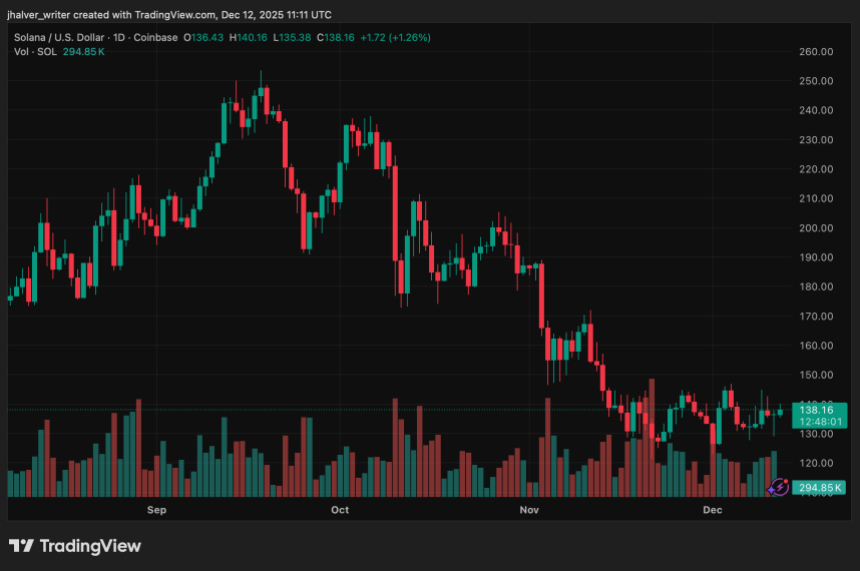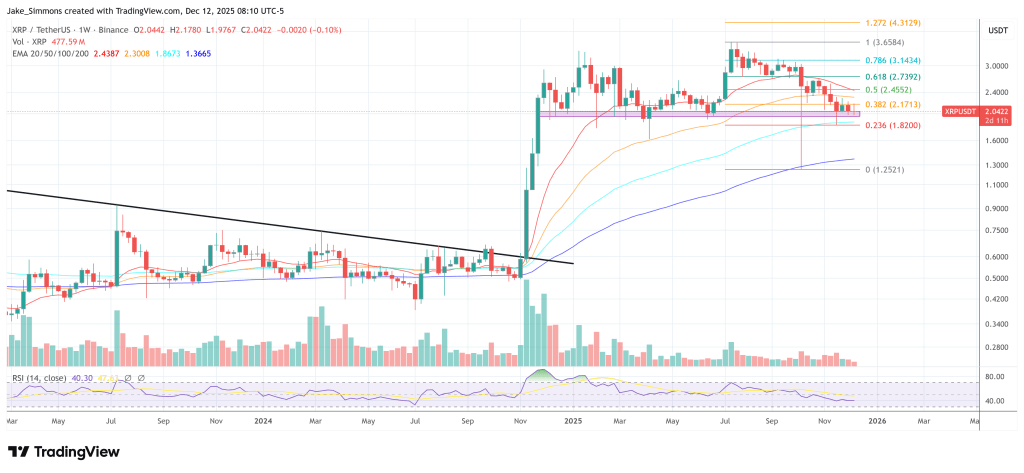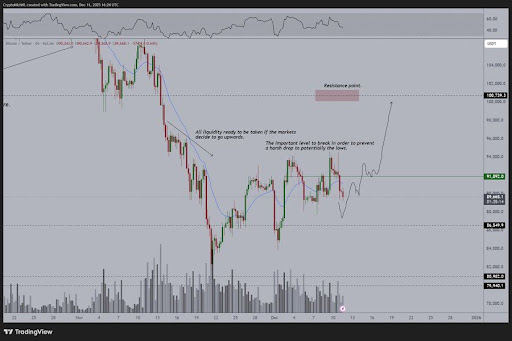
Bitcoin’s Institutional Shift: What It Means for the Future of DeFi
Bitcoin’s evolution from a decentralized, grassroots project to a globally recognized financial asset is rapidly accelerating. With institutions and governments now entering the space in force, Bitcoin’s original vision faces its most defining test yet. What once stood as a decentralized alternative to traditional finance is now being pulled into the very structures it sought to challenge.
Bitcoin’s Institutional Turn
It wasn’t long ago that the idea of Bitcoin being held by governments as a reserve asset seemed far-fetched. That perception has shifted dramatically. With central banks and global financial entities now integrating Bitcoin into their reserve strategies, the line between disruptive innovation and traditional finance is blurring.
Bitcoin is no longer just a speculative asset on the fringes of the economy. Its formal inclusion in major international financial frameworks — treated similarly to gold — underscores a dramatic redefinition of its role. Governments now collectively hold hundreds of thousands of BTC, symbolizing a growing belief in Bitcoin as a legitimate and durable store of value.
However, this recognition brings with it an equally significant transformation in expectations. Treating Bitcoin like gold also demands securing it like gold — not just in terms of custody, but through the creation of a resilient digital infrastructure designed to withstand institutional scrutiny.
What This Means for Bitcoin Development
As this transformation unfolds, the Bitcoin development landscape is changing. Grassroots communities and independent developers who helped shape the early Bitcoin movement now face increasing pressure. Institutional adoption introduces new requirements — compliance, security, auditability — that are a far cry from the open, permissionless ethos of Bitcoin’s early years.
While the broader crypto industry has seen a slight decline in total developer numbers, the segment of seasoned, high-contributing developers has grown significantly. This signals a maturing market, where innovation is shifting from fast experimentation to robust and regulated infrastructure building.
The emerging priorities no longer revolve solely around open-source breakthroughs or decentralized applications built for the public. Instead, the focus is moving toward enterprise-grade architecture, custody solutions, and secure interoperability that align with regulatory mandates.
DeFi at a Crossroads
Bitcoin’s role in decentralized finance (DeFi) remains uncertain. Initially hailed as a way to bring smart-contract functionality and lending protocols to Bitcoin, Bitcoin DeFi has always faced technical and ideological challenges. Now, as the cryptocurrency becomes increasingly institutionalized, these challenges could be amplified.
If institutions continue pushing Bitcoin into the mold of traditional financial systems, the development of native DeFi protocols may become stifled. Developers could be incentivized to move away from Bitcoin-native applications and instead build bridges to other chains where regulatory clarity and infrastructure flexibility offer more room for growth.
Alternatively, if governments and institutions embrace Bitcoin’s potential as a decentralized, borderless form of digital money, there could still be space for innovation — albeit under stricter regulatory conditions. The future of Bitcoin DeFi may depend less on technology and more on the willingness of those in power to allow decentralized systems to flourish within institutional frameworks.
The Road Ahead: Containment or Collaboration?
Bitcoin’s adoption by traditional financial players affirms its importance, but also reshapes its trajectory. The question facing the community is not whether Bitcoin can coexist with institutions — it can and already does. The real question is whether Bitcoin can thrive in an environment increasingly defined by containment, regulation, and central oversight.
For developers, this shift represents both a challenge and an opportunity. As the demand for security, compliance, and scalability rises, a new wave of innovation will likely emerge — one that’s deeply technical, highly specialized, and tailored for a regulated world.
Still, whether Bitcoin’s decentralized foundations can survive this transition intact remains uncertain. The next chapter of its journey may not be defined by rebellion, but by negotiation — between freedom and control, openness and oversight, decentralization and systemic integration.





